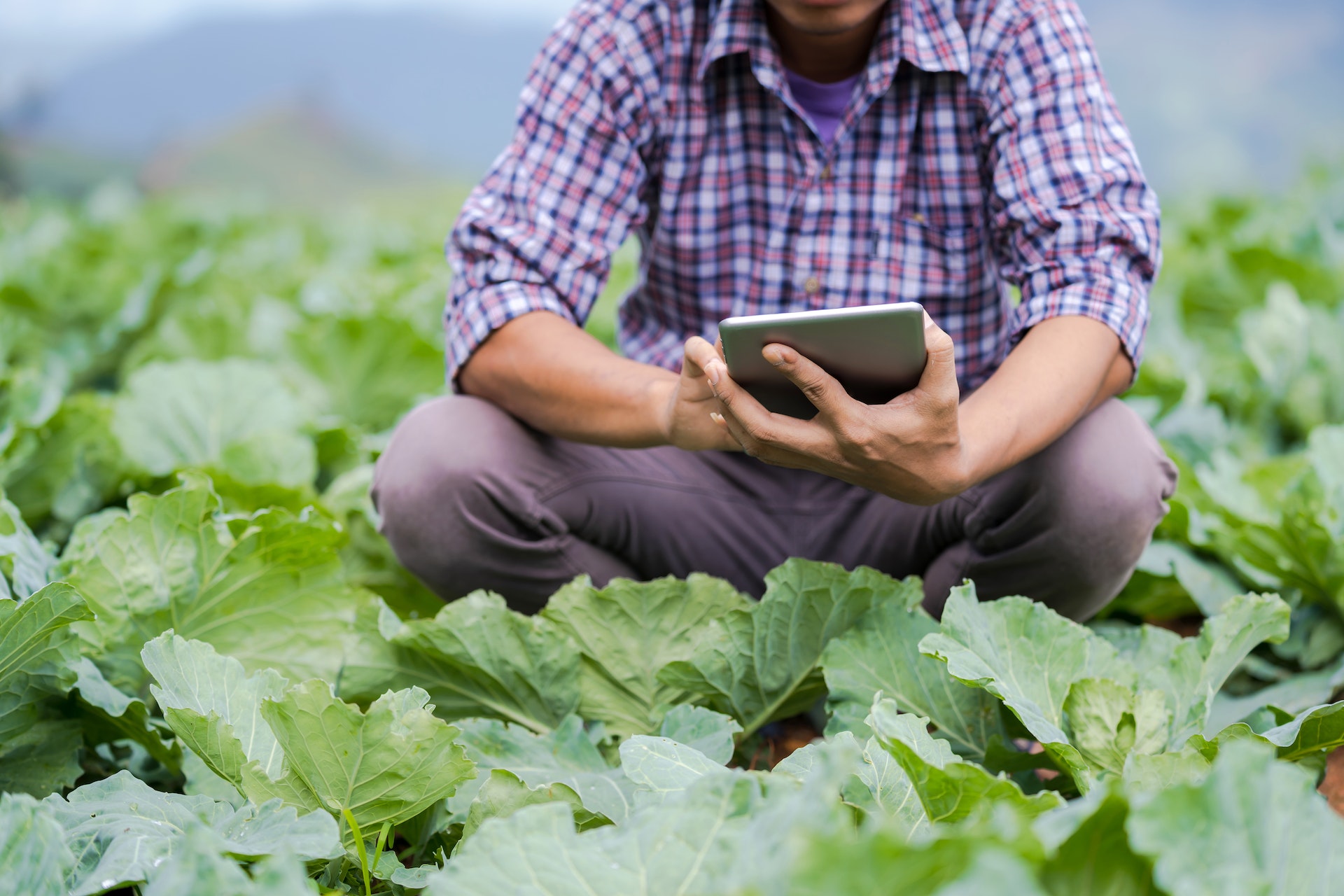By Daniel Tan
Back before Sarawak’s independence, the affairs of agriculture were administered by the Natural Resource Board.

Photo by Sorapong Chaipanya / pexels.com
Many may remember that agriculture in Sarawak was once administered by the Ministry of Modernisation of Agriculture, Native Land and Regional Development (MANRED). Before that, it was called the Ministry of Modernisation of Agriculture (MoMA).
Modernisation is described as the use of modern technologies in agriculture that can enhance production efficiency such as the use of the Internet of Things, Artificial Intelligence, vertical farming systems and innovative technologies developed through research.
Modernization was also highlighted during the National Agrofood Policy (NAP) 2011-2020 review. Although NAP achieved various initiatives, it also faced challenges. these include increased food production costs, low productivity, lack of investment, and dwindling interest in agriculture by the younger workforce.
During the review, it was identified that the sector needs to shift its focus from the traditional to the use of modern technologies, market-driven innovation, and knowledge as growth drivers.
These modern technologies include the use of ICT in farm management to improve efficiency and reduce labour dependency. Wireless sensor networks and smartphone applications are some mobile farm management solutions that should be further deployed. These can be included in an integrated platform for the efficient delivery of market information on process, demand and supply between agencies, extension officers and farmers.
Modernising Agriculture in Sarawak
During the early modernisation efforts in Sarawak, the fertigation and hydroponic systems for vegetables and fruit farming were much advocated. There were programmes for the breeding of livestock and fish too. Various financial and training modules were available to woo the youths to take up modern farming.
Agriculture is currently under the Ministry of Food Industry, Commodities and Regional Development (M-FICORD). The name change highlights its role in producing food sources to ensure food security.
The food industry is also projecting a lucrative income-generating image which could entice the younger generations. The sector has been identified as an engine of economic growth for Sarawak through the Post COVID-19 Development Strategy (PCDS 2030). Interestingly, the term “Agriculture” was not included in the new Ministry’s name.
Agriculture and Technology
Based on current technologies, it is possible to commercially grow food without agriculture. Cultured meat, for example, is meat produced by culturing animal cells without any farming requirement. Cultured meat is produced or approved in many countries, including countries or regions with limited land such as Hong Kong and Singapore. The first restaurant to serve cultured meat opened in Singapore in 2021.
However, many of these technologies are not necessarily suitable for Sarawak.
For Sarawak, it is equally important to protect our agricultural heritages, such as the Bario rice. Bario rice is traditionally cultivated using organic farming, hence an effective way to improve the production is by modernising the organic farming practice through research.
Organic Farming and Chemical Fertilisers
Organic fertilisers were recently proposed in Malaysia to tackle the rising cost of chemical fertilisers. Our plantation sector is heavily dependent on chemical fertilisers, but the shift to organic fertilisers must be well planned, and it may not entirely work too.
The main elements in chemical fertilisers are nitrogen (N), phosphorus (P) and potassium (K). With every produce from a farm being sold, gone were the N, P and K inside that produce. The soils in Malaysia are mostly highly weathered, acidic, and poor in nutrients. Hence, imported chemical fertilisers are important to replenish such deficiencies, particularly for a large plantation.
Moreover, organic farming works only on a small farm and is often challenging to implement this on a larger area such as a plantation. For small farms, the farmer is usually required to “import” resources from outside such as the cut glass and kitchen scraps back to the farm to make compost, hence enriching the farm’s N, P and K levels. For a large plantation, the composting procedure will become a complicated process requiring a large facility and mechanisation.
While Sarawak strives to change its agricultural practices, we also need to avoid the mistake that happened in Sri Lanka. Their former president banned chemical fertilisers and pesticide imports overnight, forcing millions of their farmers to go organic. The farmers were not able to adapt. This mover proved calamitous.
The world is plagued with regional geopolitical tensions and conflicts. This can, once again, disrupt the supply chain for food, much like during COVID-19 pandemic. Thus, the importance of food security.
Ironically, Sarawak was once quite well off in self-sufficiency in terms of food in the colonial era. Then we had a distinctive way of agriculture. The Bumiputras planted rice, harvested sago, or made sugar from nipah, while the Chinese grew vegetables or operated pig and chicken farms.
It is therefore important to draft a master plan for agriculture in Sarawak. This can help Sarawak move the sector forward while maintaining the spirit of agriculture of our bygone days.
The opinions expressed in this article are the author’s own and do not reflect the view of Swinburne University of Technology Sarawak Campus.
Daniel Tan is the Discipline Leader (Science) with the Faculty of Engineering and Science at Swinburne University of Technology Sarawak Campus. He can be reached by email at ltdtan@swinburne.edu.my.

